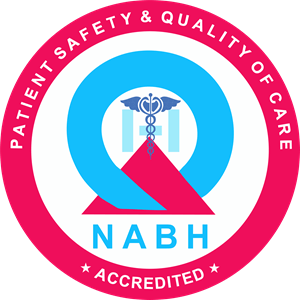
About
A cornea transplant is an operation to remove all or part of a damaged cornea and replace it with healthy donor tissue. A cornea transplant is often referred to as keratoplasty or a corneal graft. It can be used to improve sight, relieve pain and treat severe infection or damage. One of the most common reasons for a cornea transplant is a condition called keratoconus, which causes the cornea to change shape.
Cornea donations
The cornea used in a transplant is removed from the healthy eye of a person who has died and donated their cornea. Corneas are rigorously checked for disease and infection before being transplanted.
When it is needed
Cornea transplants are usually performed to correct problems with your eyesight caused by certain medical conditions. They’re also sometimes used to relieve pain in a damaged or diseased eye, or to treat emergencies such as severe infection or damage.
Some of the most common reasons for requiring a cornea transplant include:
- A condition that causes the cornea to weaken, get thinner and change shape.
- Degenerative conditions that may affect the eyes and cause them to slowly develop problems over time.
- A small hole develops in the cornea as a result of damage (known as corneal perforation).
- An infection in the cornea does not respond to antibiotics and keeps returning.
- The cornea is scarred because of an infection or injury
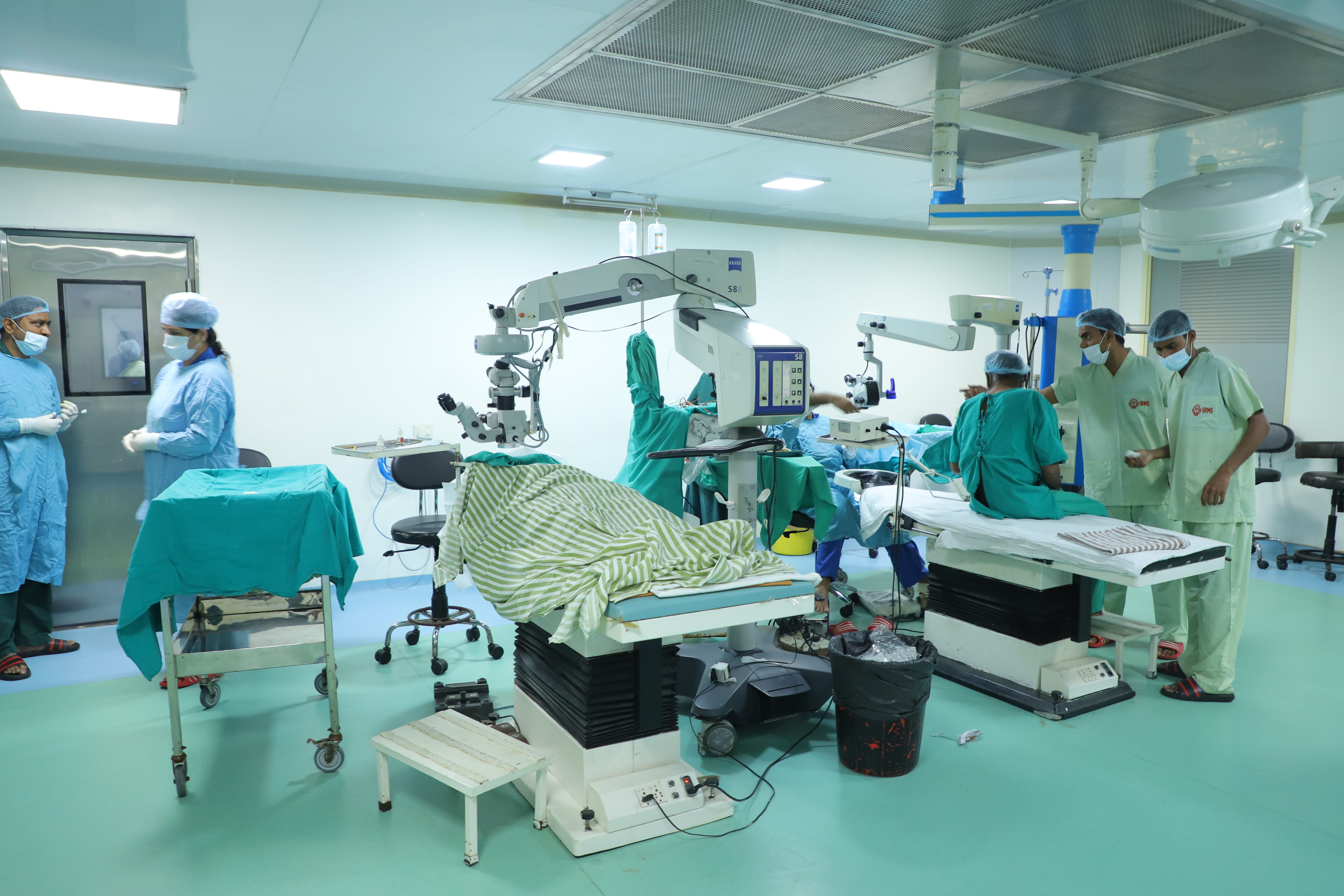
How it is performed
The type of cornea transplant you’ll be offered will depend on the parts of the cornea that need to be replaced. Most cornea transplant operations involve transplanting the full thickness of the cornea. But recent advances in technology mean it’s sometimes possible to only transplant part of the cornea.
(1) Full-thickness transplants
A full-thickness transplant is called a penetrating keratoplasty (PK). During this procedure, a circular piece of damaged cornea from the centre of your eye is removed and replaced with the donated cornea.
(2)Partial-thickness transplants
Recently, techniques have been developed that allow only parts of the cornea to be transplanted. These techniques are not suitable for everyone in need of a cornea transplant and they can take longer to perform, but often have a faster recovery time and a lower risk of complications.
(3) Transplanting the front portion of the cornea
The main techniques for transplanting the front parts of the cornea include:
- Anterior lamellar keratoplasty (ALK) – removing and replacing only the outer (front) layers of the cornea.
- Deep anterior lamellar keratoplasty (DALK) – removing and replacing the outer and middle layers of the cornea, leaving the inner (back) layers intact
As with a penetrating keratoplasty, stitches are used to fix the donated cornea in place during both of these procedures.
(4) Transplanting the back portion of the cornea
The main techniques for transplanting the back parts of the cornea include:
- Descemet’s stripping endothelial keratoplasty (DSEK) – replacing the inner lining of the cornea together with about 20% of the corneal supporting tissue (corneal stroma).
- Descemet’s membrane endothelial keratoplasty (DMEK) – replacing only the inner layer of cells of the cornea
These techniques allow faster visual recovery and have a lower risk of complications. Stitches are not used during either of these procedures. Instead, the donated tissue is held in place using a temporary air bubble.
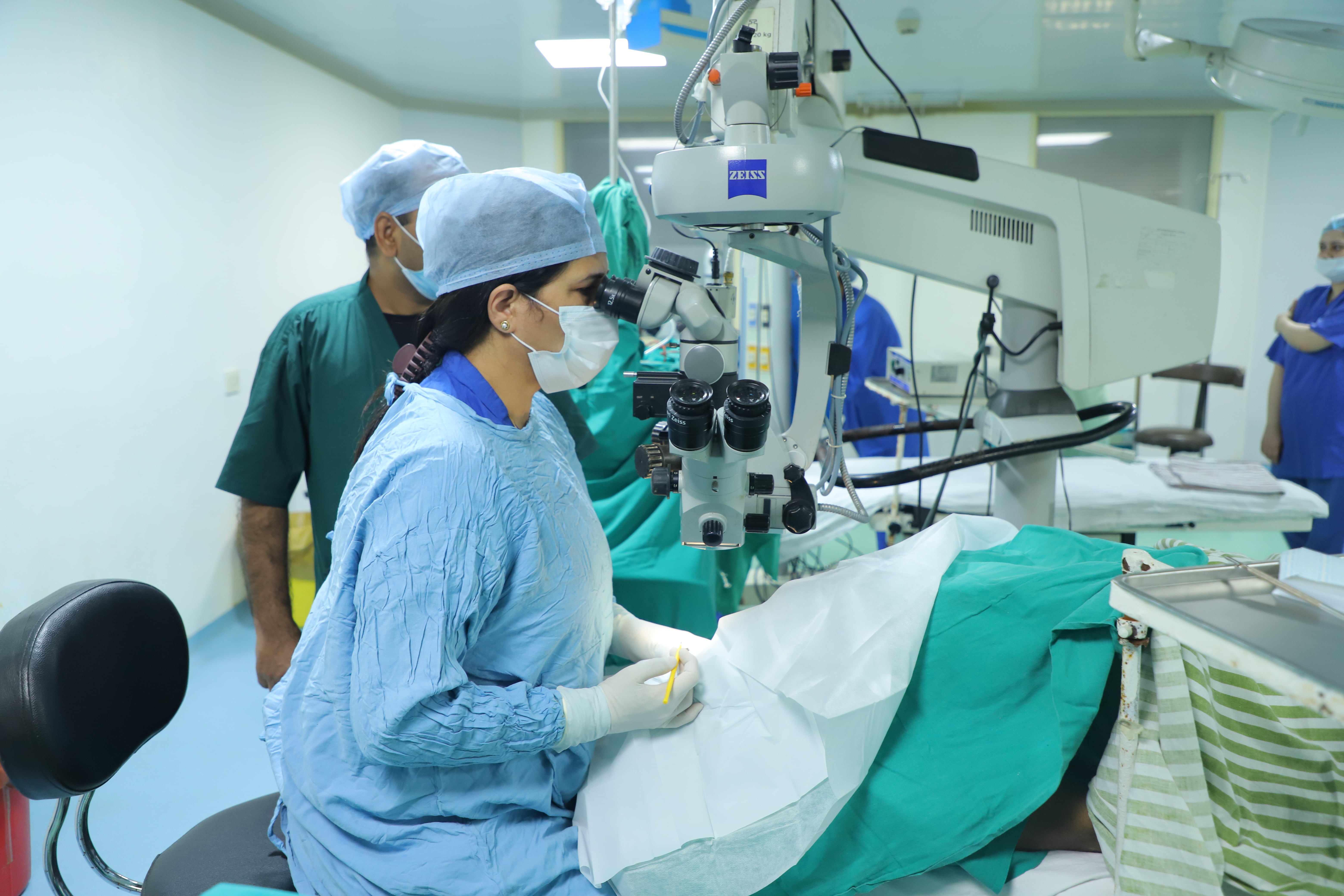
After transplant
it’s important to take good care of your eye after a cornea transplant to help ensure a good recovery and reduce the risk of complications. Most people have to stay in hospital for a night after a full-thickness cornea transplant (penetrating keratoplasty). You may be able to go home the same day if you have a partial-thickness transplant.
Your eye may be covered with an eye pad or plastic shield, which is removed the day after the procedure. When it’s taken away, you may find that your sight is blurred. This is normal. There should not be serious pain after the operation, but there might be some swelling and discomfort.
If you have had an endothelial keratoplasty – a type of partial-thickness transplant that uses an air bubble to hold the donated cornea in place – you may be asked to lie on your back as much as possible in the first few days after surgery.
This can help hold the transplant in the correct place. The air bubble will be absorbed after a few days.
Looking after your eye
Once you return home after the procedure, you’ll need to take good care of your eye. Some important points to remember include:
- do not rub your eyes
- during the first weeks after surgery, avoid strenuous exercise and heavy lifting
- if you have a job that does not involve physical strain, you can return to work 2 to 3 weeks after surgery
- if your job involves manual labour, you should wait for 3 to 4 months
- avoid smoky or dusty places as this could irritate your eyes
- if your eye is sensitive to light, wearing sunglasses can help
- avoid contact sports and swimming until you’re given clear advice that it’s safe, and wear protective goggles when resuming contact sports
- bath and shower as normal, but be careful not to get water in your eye for at least a month
- do not drive until your specialist tells you it’s possible
You’ll usually be given a patch to wear at night for the first few weeks after surgery to help protect your eye. For all types of cornea transplant, you have to use steroid or antibiotic eyedrops daily.
These are normally required for several months, although some people may need to use them for more than a year. The drops reduce swelling and inflammation, and help prevent infection and rejection.
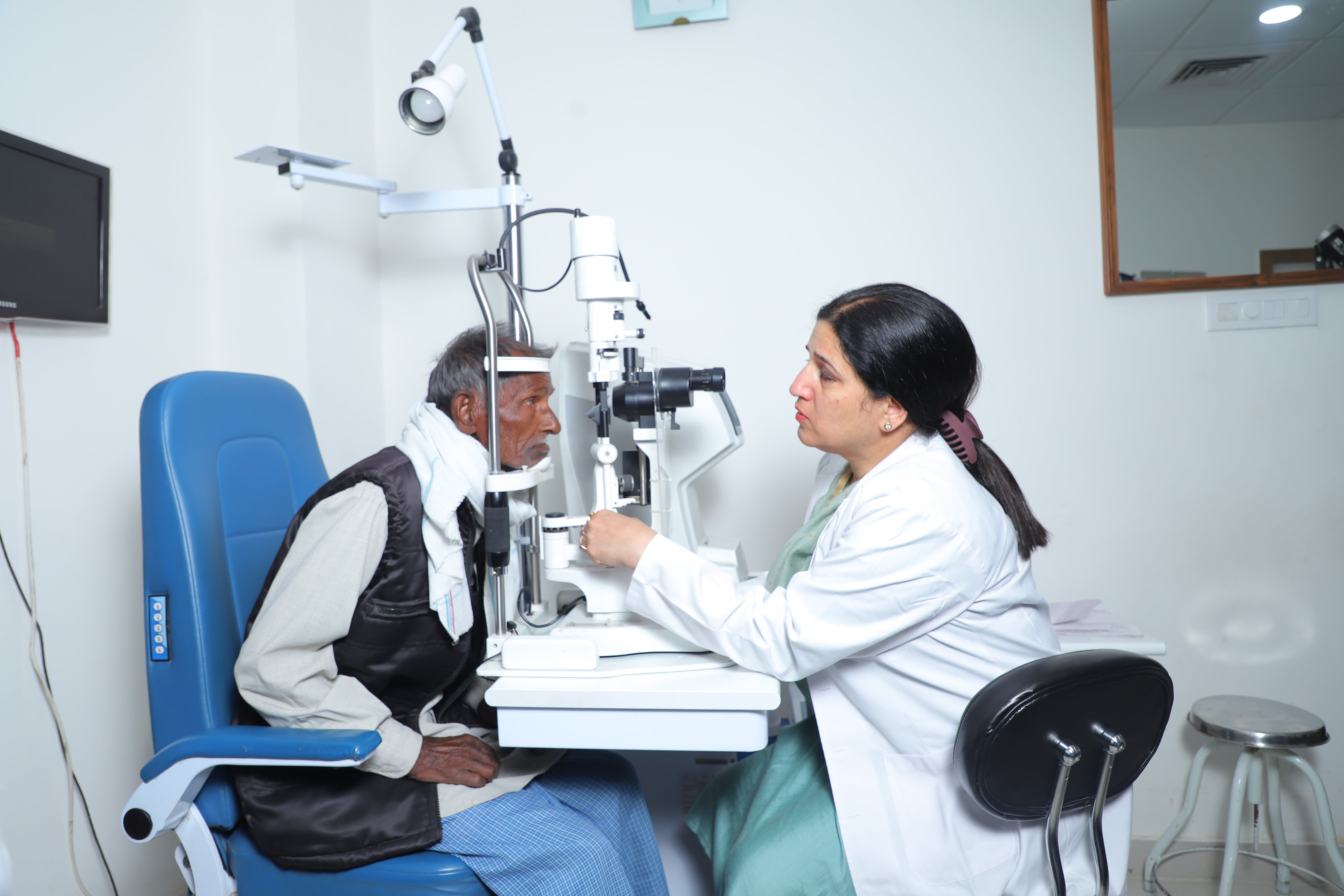
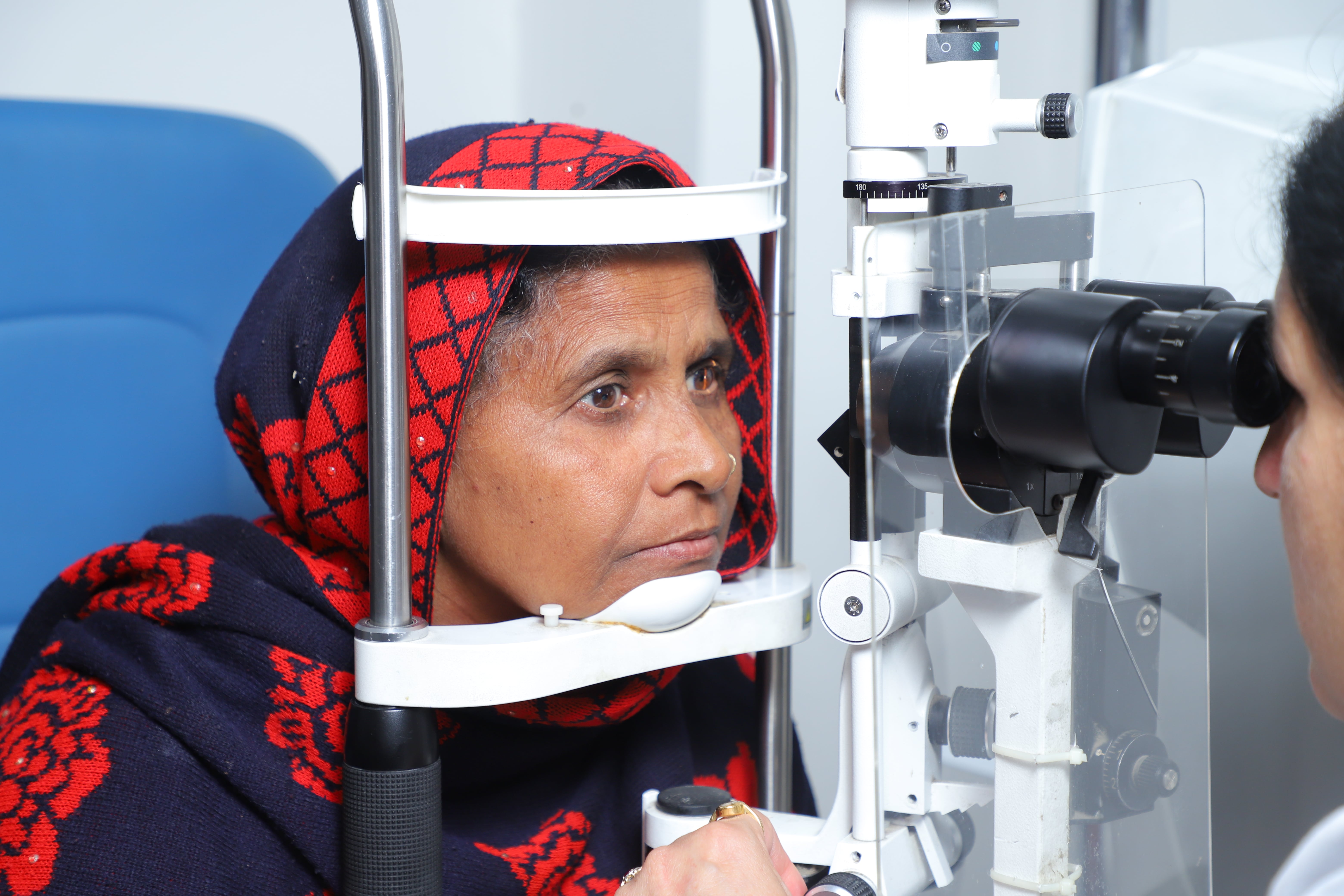
Follow-up
At first you’ll need to attend regular follow-up appointments. These should gradually become less frequent over time. If stitches were used to hold the transplant in place, these are initially left in place to allow the cornea to heal. They’re usually removed after about a year.
Your vision
The time it takes for your vision to return after a cornea transplant can range from as little as a few weeks up to a year or more. This largely depends on the specific procedure used. In some cases, your vision may fluctuate between being better or worse before it settles down. It’s likely you’ll need corrective lenses (either glasses or contact lenses), even after your vision returns. In some cases, a small operation called arcuate keratotomy (AK) or laser treatment is used to correct vision problems after your eyes have healed.
Risks
As with all types of surgery, there are several risks and possible complications involved with having a cornea transplant. Some problems are obvious soon after surgery and need emergency treatment. Others may be spotted during follow-up appointments.
Rejection
Rejection happens when your immune system recognises the donated cornea as not belonging to you and attacks it. It’s quite a common problem, with symptoms of rejection occurring in about 1 in 5 full-thickness corneal transplants, although only about 5% of low-risk grafts actually fail because of this.
Serious rejection is rare after deep anterior lamellar keratoplasty (DALK). Rejection can occur a few weeks after a cornea transplant, but it’s more common after several months. The problem can often be treated effectively with steroid eyedrops if treatment begins as soon as you notice symptoms.
You should seek emergency specialist advice if you notice these symptoms after having a cornea transplant:
- red eye
- sensitivity to light (photophobia)
- vision problems – particularly foggy or clouded vision
- eye pain



